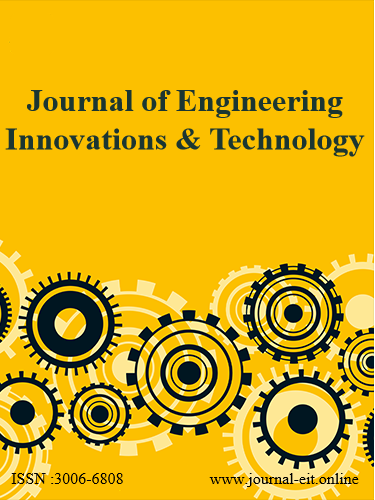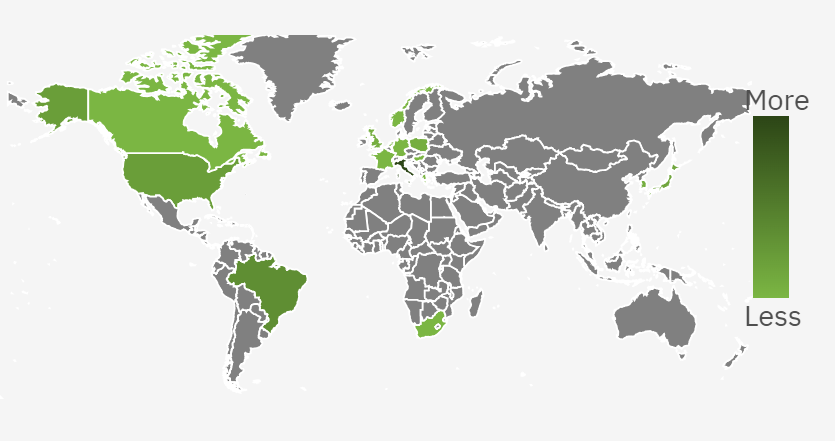 An open access journal
An open access journal
Accurate Localisation of Multiple Rocket Debris Based on Genetic Algorithms
Abstract
This paper proposes an accurate positioning method for rocket debris based on genetic algorithm. The rocket debris will produce supersonic sonic boom in the process of falling, this paper realises the high precision positioning of the sonic boom position and time of the rocket debris by arranging multiple vibration wave monitoring devices in the debris theoretical fallout area, constructing a set of multilateral measurement equations by using the difference in the arrival time of the sonic boom, and introducing genetic algorithms to optimally solve the hyperbolic equations to achieve high precision positioning of the sonic boom position and time of the rocket debris. The results show that the genetic algorithm can effectively avoid the local optimum problem of the traditional method and significantly improve the positioning accuracy. In addition, this paper also explores the error analysis model and the optimisation method of monitoring equipment arrangement, which further improves the reliability and adaptability of the positioning system.
Share and Cite
Article Metrics
References
- Li X. Research on Multi-Source Localization of Rocket Debris Based on PSO and LEO-MPA Algorithm[C]//2024 IEEE 7th International Conference on Information Systems and Computer Aided Education (ICISCAE). IEEE, 2024: 243-246.
- Chang X, Wang W. Research on the Synergistic Application of Least Squares Optimization and the Hungarian Algorithm in the Localisation of Rocket Debris [ J]. 2024.
- Liu M, Wang H, Yi H, et al. Space debris detection and positioning technology based on multiple star trackers[J]. Applied Sciences, 2022, 12(7): 3593.
- Çelik U, Demirezen M U. Optimal reusable rocket landing guidance: a cutting-edge approach integrating scientific machine learning and enhanced neural networks[J]. IEEE Access, 2024, 12: 16805-16829.
- Qian Y, Zhou W, Wang C. Research on multi-source data fusion in the field of atmospheric environmental monitoring[C]//2018 13th International Conference on Computer Science & Education (ICCSE). IEEE, 2018: 1-5.
- Grondin F, Glass J. SVD-PHAT: A fast sound source localisation method[C]//ICASSP 2019-2019 IEEE International Conference on Acoustics, Speech and Signal Processing (ICASSP). ieee, 2019: 4140-4144.
- Desai D, Mehendale N. A review on sound source localisation systems[J]. Archives of Computational Methods in Engineering, 2022, 29(7): 4631-4642.
- Jekateryńczuk G, Piotrowski Z. A survey of sound source localisation and detection methods and their applications[J]. Sensors, 2023, 24(1): 68.
- Lanslots J, Deblauwe F, Janssens K. Selecting sound source localisation techniques for industrial applications[J]. Sound and Vibration, 2010, 44(6): 6.
- Grumiaux P A, Kitić S, Girin L, et al. A survey of sound source localization with deep learning methods[J]. The Journal of the Acoustical Society of America, 2022, 152(1): 107-151.

